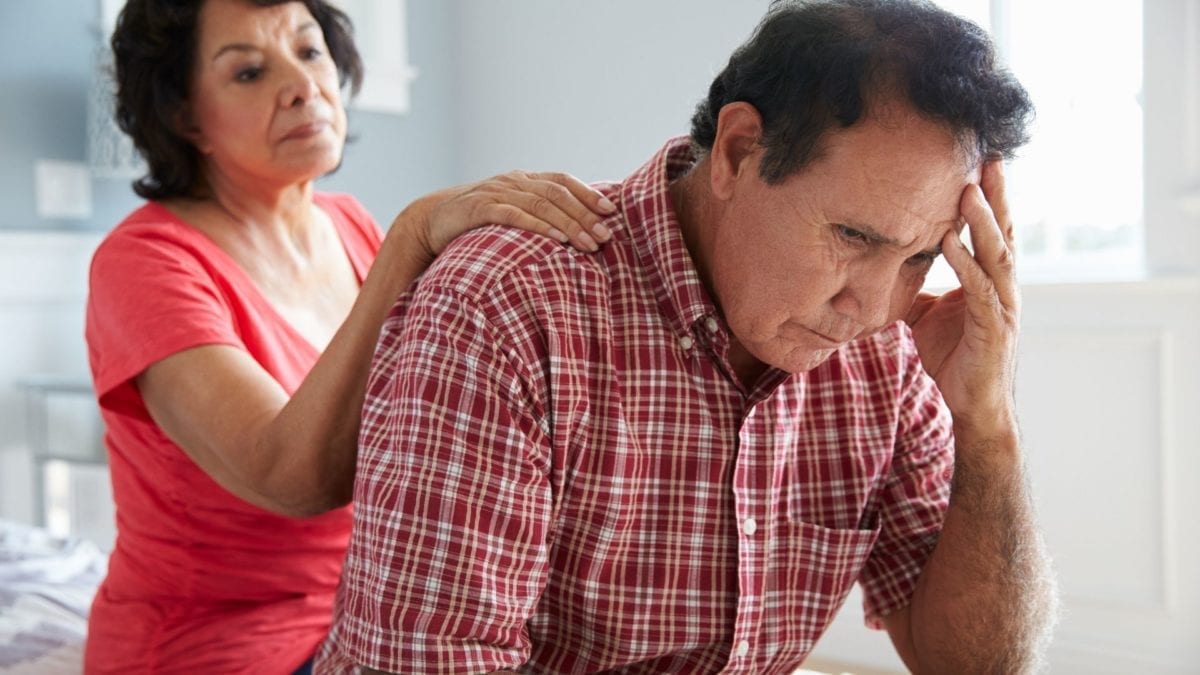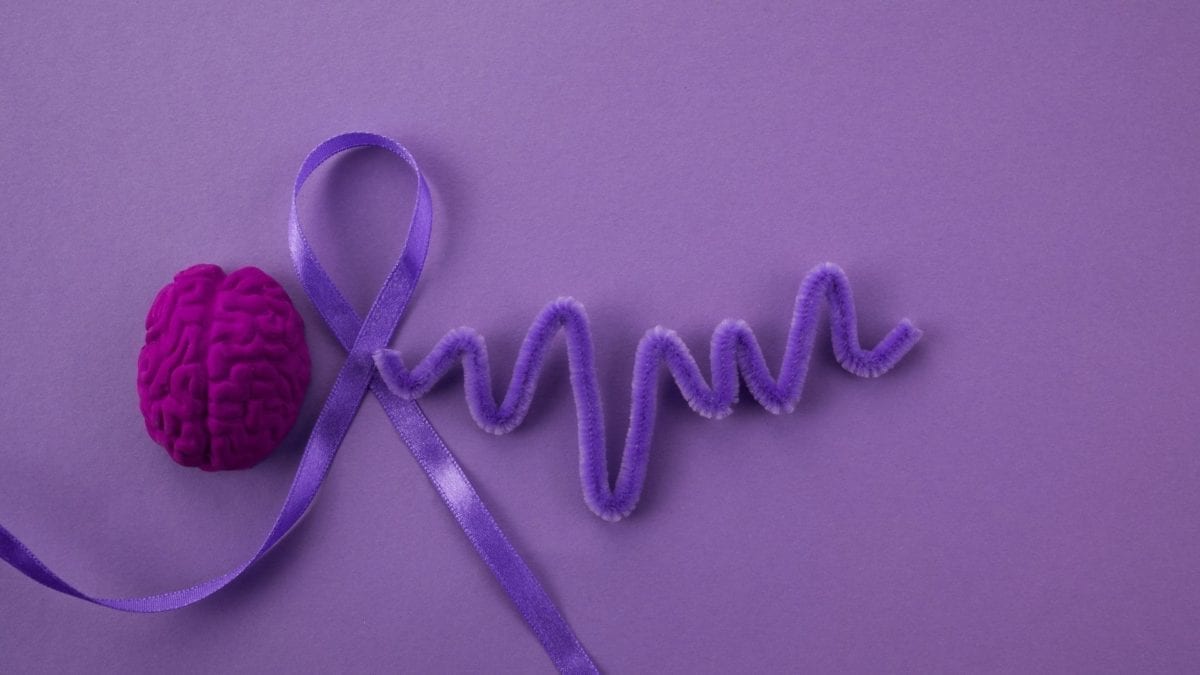

A low level of awareness about dementia is most often why diagnosis is delayed and public health consciousness remains poor.
World Alzheimer’s Day (September 21) was marked this year, in India, by the release of a comprehensive Dementia India Report. Prepared by national experts, converging under the Alzheimer’s and Related Disorders Society of India (ARDSI) umbrella, it estimates that there are 3.7 million elderly currently living with dementia in India, each spending Rs. 43,000 per annum on medical care. Dementia mainly affects older people, although about two per cent of cases start before the age of 65 years. After this, the prevalence doubles every five years with over a third of all people aged 90+ years being affected. With the exponential increase in the population of the elderly (60+ years) in India, an estimated 100 million today, expected to rise 198 million in 2030 and 326 million in 2050, dementia poses a looming public health challenge, the enormity of which cannot be underscored. The report thus addresses a felt need among professionals, policy makers, dementia sufferers and their families.
What it is ?
Dementia is a neuropsychiatric disorder in which memory and other cognitive functions like thought, comprehension, language, arithmetic, judgment and insight deteriorate progressively.
While it increases in prevalence with advancing age, it is not a normal feature of ageing, a common misconception. Further, dementia is a clinical syndrome, one with many underlying causes, some potentially treatable. Of the many conditions that cause dementia, Alzheimer’s disease (AD) associated with neuro-chemical decline and waste product accumulation in the brain; vascular dementia (VaD) associated with strokes; dementia with Lewy bodies (DLB), a condition associated with Parkinson’s disease; and frontotemporal dementia (FTD), are most common.
The treatable conditions that cause dementia include infections such as syphilis, HIV and tuberculosis; hypothyroidism and other endocrinal problems; vitamin B12 and folic acid deficiency; toxic conditions of various kinds and so on. As they are potentially reversible they need to be addressed swiftly.
What the report highlights ?
The report highlights two areas of great import for dementia sufferers and their families: activities of daily living (ADL) an important measure of the human condition, and behavioural and psychological symptoms associated with dementia (BPSD), an important predictor of health related quality of life (HRQoL). Problem behaviours in dementia include agitation, aggression, calling out repeatedly, sleep disturbance, wandering and apathy.
Common psychological symptoms include anxiety, depression, delusions and hallucinations. BPSD occur most commonly in the middle stage of dementia and are an important cause of caregiver strain. They appear to be just as common in low and middle income countries as in developed ones.
The report outlines the current evidence based pharmacological treatments for dementia, especially AD and VaD: cholinesterase inhibitors (donepezil, rivastigmine, galantamine); NMDA agonists (memantine); drugs for BPSD (SSRI’s for depression and anxiety; new antipsychotics for psychotic symptoms like agitation, aggression, hallucinations; antiepileptic drugs that serve as mood stabilising agents); addressing also their cost-benefit in low-middle income countries. It also lays stress on the importance of structured caregiver interventions as part of standard treatment including psycho-educational interventions for dementia; psychological therapies such as cognitive behaviour therapy, cognitive retraining and family and caregiver counselling; as also caregiver support and respite care. Highlighting that caregiver interventions have been conclusively shown to delay institutionalisation of the person with dementia in the developed world; it observes that many new treatments in advanced stages of research hold promise for persons with dementia and their families.
The report differentiates risk factors into those that are non-modifiable (genetic factors for example) and those that are potentially modifiable. It highlights the extensive and evolving medical literature on the role of lifestyle diseases: diabetes and insulin resistance; high cholesterol levels; high blood pressure; increased fat intake and obesity; together the so-called metabolic syndrome as a modifiable risk factor for dementia. It is important that policy makers recognise these factors as targets for both primary (early) and secondary (after the onset) risk factor prevention. It points to the low level of awareness about dementia as an important reason why diagnosis is delayed and public health consciousness remains poor.
Worryingly, it observes that the lack of awareness extends to health professionals, formal training in dementia diagnosis and care not being a part of most medical, nursing and paramedical curricula; a matter of great concern needing immediate remediation. That stigmatisation of persons with dementia is rampant and that there is a need for raising awareness about the condition across segments of society is explicitly stated.
In India…
Assuming incremental life expectancy and a stable incidence of dementia, the report attempts to estimate the future burden of dementia both nationally and State-wise.
A twofold increase in dementia prevalence to 7.6 million by 2030 and a threefold increase to over 14 million by 2050 are thus estimated. Interestingly in the State-wise estimation, Delhi, Bihar and Jharkhand are all estimated to witness a 200 per cent or greater increment in dementia cases.
These figures have of course been calculated based on certain assumptions. When one factors in the significant disability that dementia confers on the affected person, estimated as being greater than any other health condition except severe developmental disability, the impact of this exponential rise in prevalence, even put mildly, is staggering. The report addresses the need for services to be developed: memory clinics, day care, residential care, support groups and helplines, pointing out the paucity that currently exists. Also highlighted is the severe paucity of human resources for dementia care.
A number of short-term and long-term focus goals, to improve resources; as well as scope, scale and quality of care are proposed.The report concludes with several key recommendations. The most important of these are:
- Make dementia a national priority
- Increase funding for dementia research
- Increase awareness about dementia
- Improve dementia identification and care skills
- Develop community support mechanisms
- Guarantee caregiver support packages
- Develop comprehensive dementia care models
- Develop new national policies and legislation for people with dementia
While these recommendations do address the need for dementia to be integrated into the National Policy for Older Persons (NPOP), they predominantly highlight the specific needs of dementia as a disabling and common condition among the elderly; one that can and will challenge Indian public health systems. However, the report acknowledges that dementia must be viewed in the context of other elder health problems, and within the framework of the NPOP.
Sets a gold-standard
Perhaps the greatest contribution of this Dementia India Report is in its setting a gold-standard for other disorders of ageing: quantifying the prevalence and burden of the condition; its impact on the sufferer, caregiver and society as a whole; the framework of services required in order to give succour and solace to sufferers and their families; the causes, risk factors, treatments and management models; and the State-wise national impact.
One fervently hopes that it will facilitate a powerful and futuristic policy response from the powers that be. In a country where the average age of the parliamentarian clearly falls in the “elder” category, one can only hope that it will be welcomed and adopted with the enthusiasm it richly deserves.Acknowledgements: Dr. K Jacob Roy, National Chairman of Alzheimer’s and Related Disorders Society of India (ARDSI) for permission to present this summary of the report and the use of figures.
Facts:
- There are 3.7 million elderly currently living with dementia in India, each spending Rs. 43,000 per annum on medical care
- A twofold increase in dementia prevalence to 7.6 million by 2030 and a threefold increase to over 14 million by 2050 are thus estimated
- Many new treatments in advanced stages of research hold promise for persons with dementia and their families
With the exponential increase in the population of the elderly in India, the disorder poses a challenge to public health systems.









